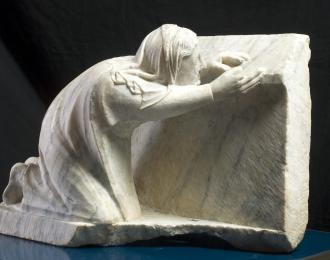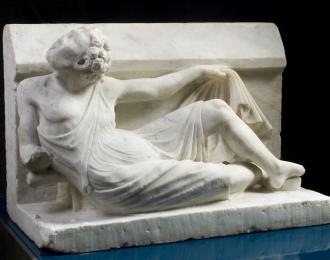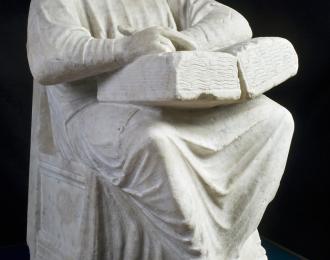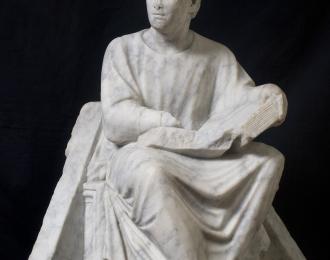Fountain of the Gryphon and the Lion
National Gallery of Umbria
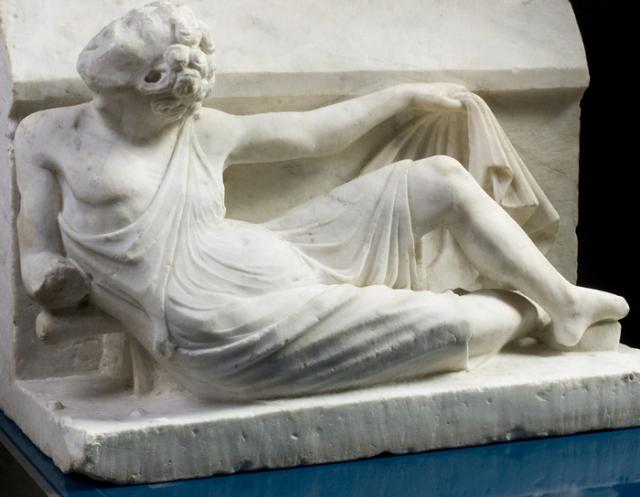
The Fontana del Grifo e del Leone (Fountain of the Gryphon and the Lion) by Arnolfo di Cambio was described on vintage maps as being “in pedis platee” (at the foot of the square) because it was located at the end of the piazza which used to occupy the Perugian acropolis, constituting one of the city’s main monuments for a span of only twenty years: the fountain, erected in 1281 as part of a vast programme of public works by the city authorities to refurbish the city centre, was dismantled for reasons unknown that may have been related to problems with the water supply.
The fountain’s original appearance can be reconstructed thanks to five marvellous surviving fragments and documentary sources: located halfway down the present-day Corso Vannucci, the fountain was composed of two rectangular concentric basins backing onto a wall. It was capped by two bronze statues of the Lion and the Gryphon, symbolising the Commune of Perugia, which were later relocated to crown the main entrance of the Palazzo dei Priori.
The upper basin was decorated with in the round statues of seated jurists (only two have survived: one acephalous [headless] which was placed centrally, the other in one corner) and high relief sculpture. The latter portrayed a variety of Assetati, citizens of both sexes from all walks of life, portrayed in the act of drinking or drawing water. Only three, highly expressive, examples of these survive but nonetheless they represent the high point of the great Tuscan sculptor’s artistic production: an old lady, a maiden bearing a pitcher and a young cripple. This unconventional and modern iconography is evidence of the fountain’s everyday use and constitutes a celebration of the civic and political values of the commune at the height of its glory.
